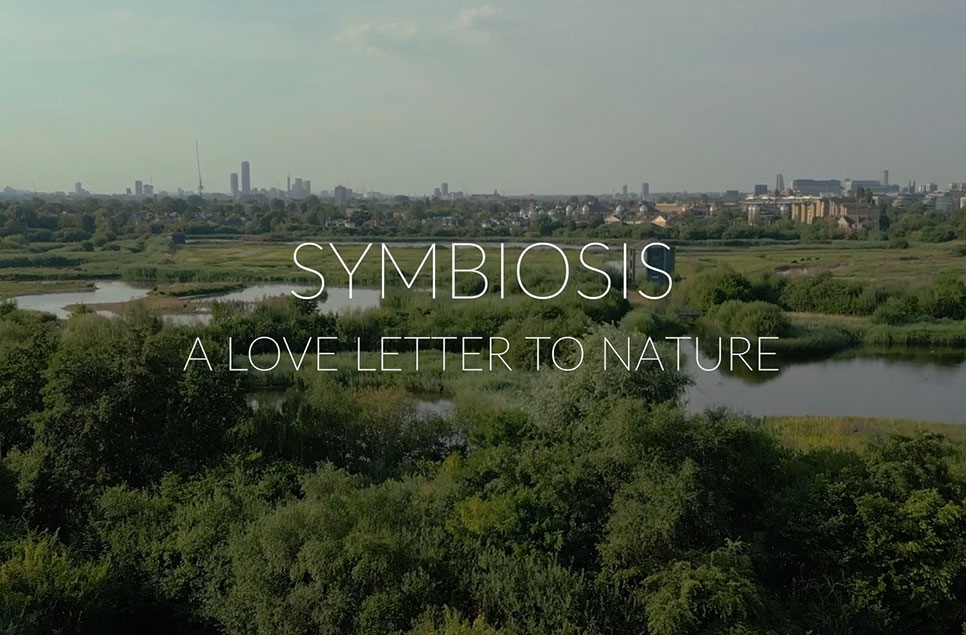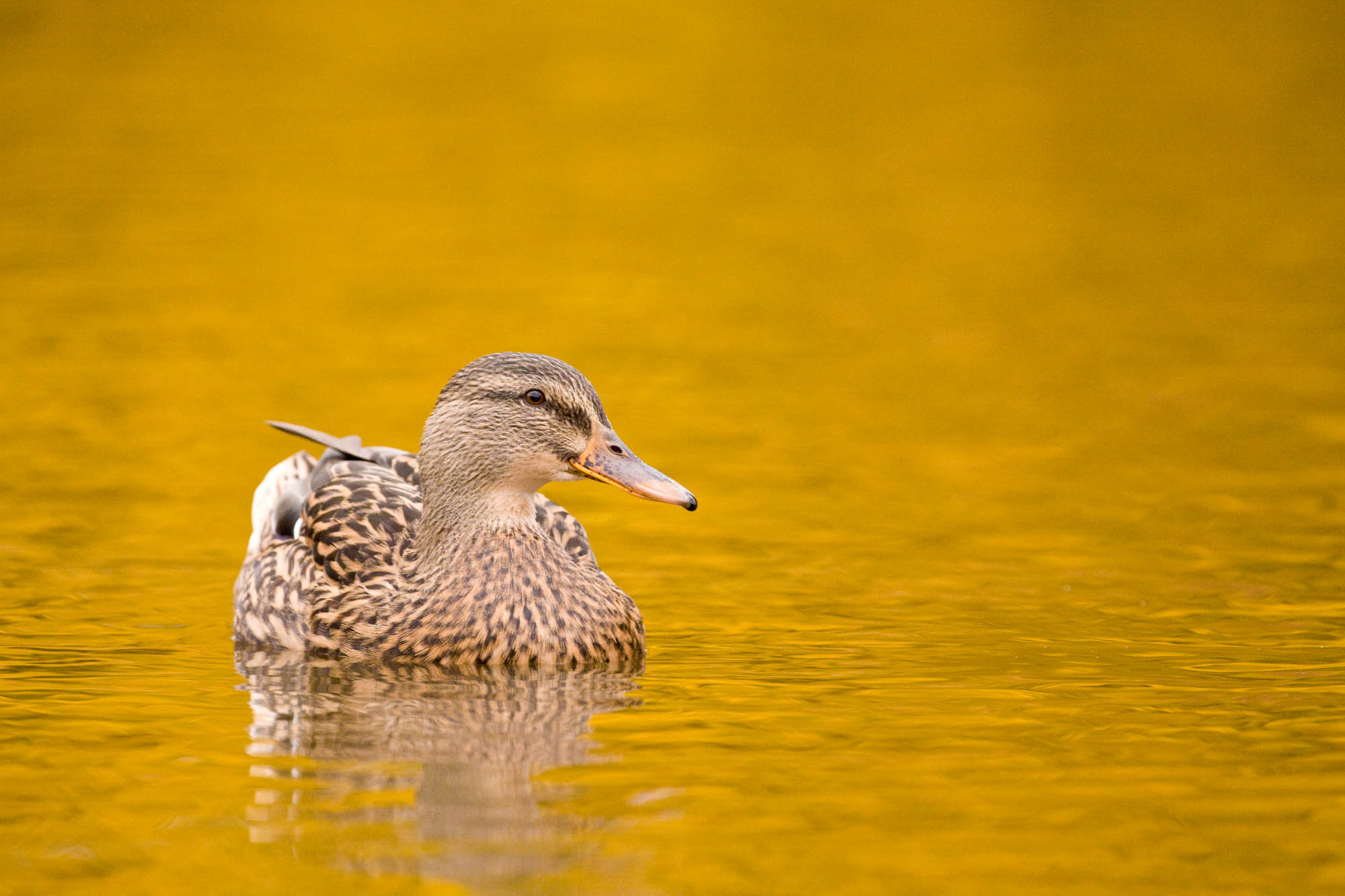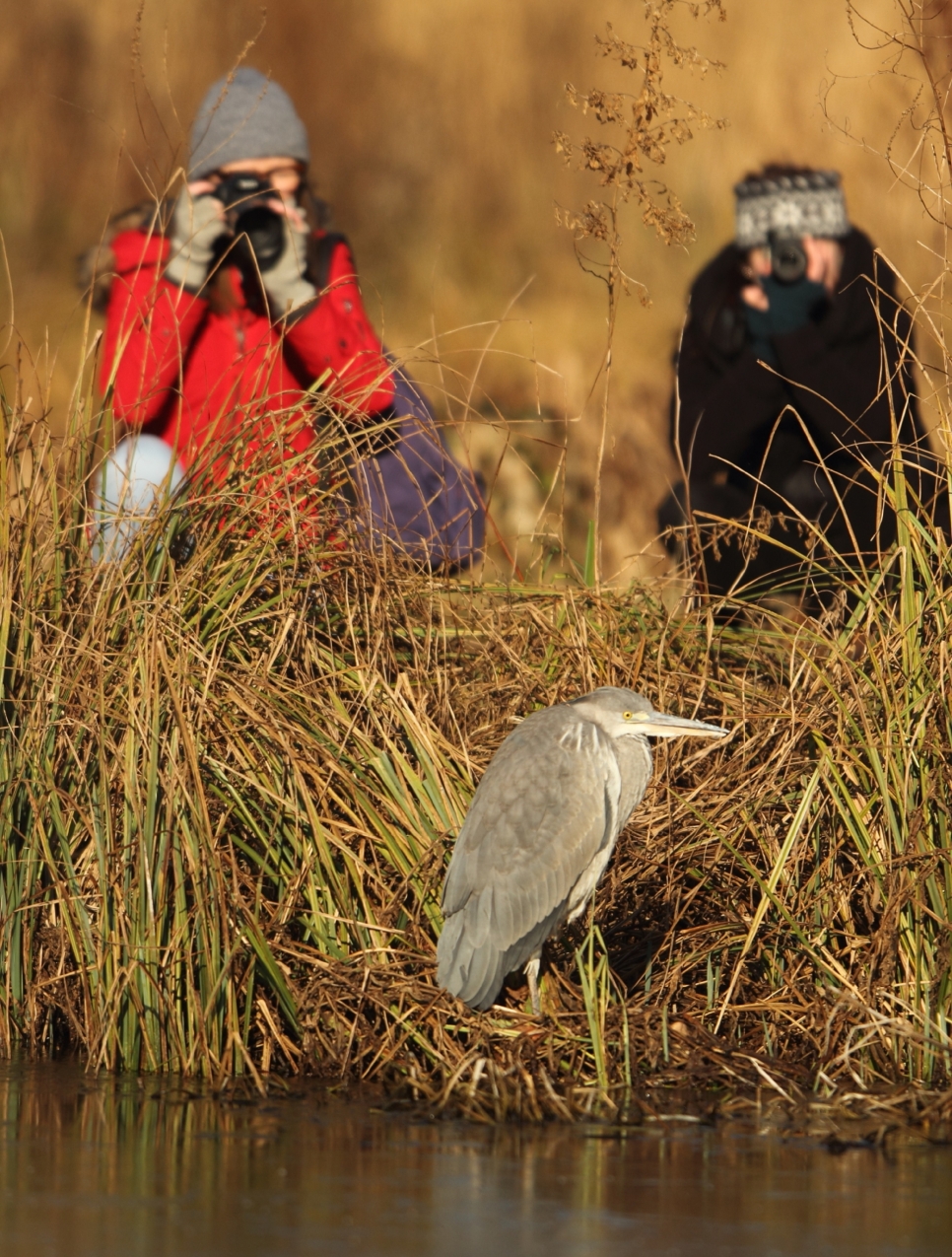Conservation grazing
WWT London Wetland Centre uses grazing animals such as sheep and cattle to maintain and increase biodiversity on the reserve.
WWT London Wetland Centre uses grazing animals such as sheep and cattle to maintain and increase biodiversity on the reserve. Conservation grazing is often considered to be the most effective and natural way to maintain certain habitats.
Mixed grazing of cattle and sheep ensures that a variety of rough growth and grasses are kept under control creating a rich patchwork of habitat and wildlife. It results in a healthier environment starting from the insects that live off their dung, to a diverse mix of plants, to birds such as Yellow Wagtails feeding in the grass.
You will see where grazing is working well as there will be a much greater number of flowering plants and the constant buzz of insects and birdsong in summer. The conservation grazing at WWT London Wetland Centre occurs all year round, with the timing and length of grazing being carefully managed.
We use low numbers of native breeds such as Highland and Dexter cows, Grey-faced Dartmoor and Hebridean sheep. They remove and eat the vegetation in different ways.

Cows do not graze selectively, which is good for creating diverse flower-rich swards. They will eat more woody and vigorous plant species, which allows more delicate or less competitive plants to grow. Our cattle spend much of the summer grazing the wet grassland on the marsh where they create a tussocky grass sward, ideal for breeding Lapwing and Redshank. The tussocks are formed by the feeding action of the cows, as they tend to grab large mouthfuls at a time, unlike sheep grazing.

Sheep graze using their front teeth to ‘cut’ the plants which creates a uniform height often just above ground level. They have thin mobile lips and can graze very close to the ground and nibble at the grass sward without touching wildflowers.
Using both sheep and cattle together, we ensure a good diversity of plant heights and structure which creates an ideal habitat for a wide range of wildlife.
Interesting Fact: Every year, for a period of two/three months, our greyface Dartmoor sheep commute to central London to the Wildlife Garden at the Natural History Museum – our partner in the sheep grazing project. The sheep visit the museum Wildlife Garden to graze, after the meadow and chalk lowland plants that have flowered and set seed. The grazing and trampling action of the sheep helps the seeds to germinate. The sheep play an important role in the ecology of the garden.



